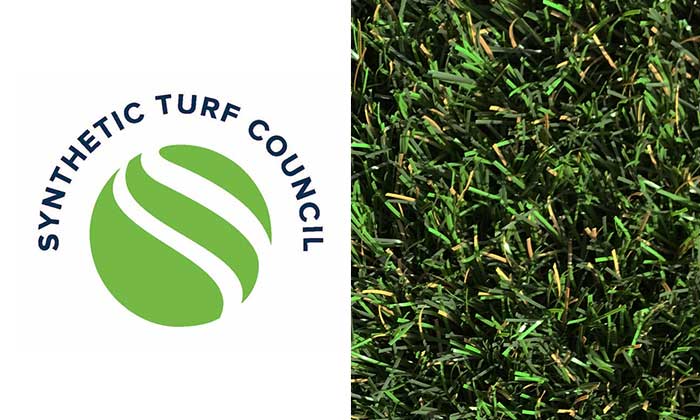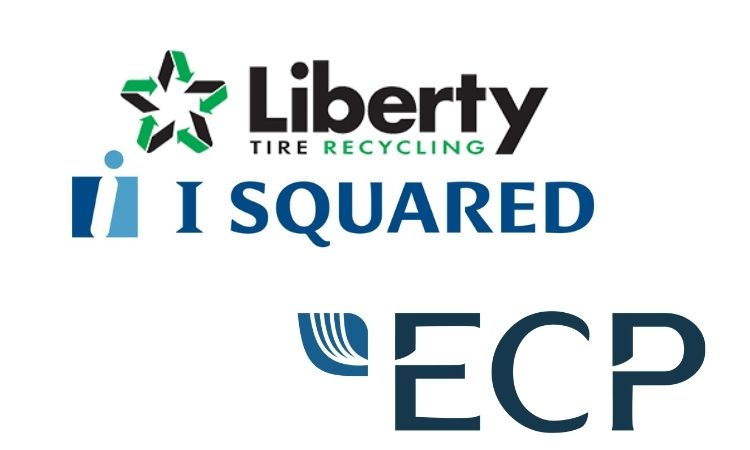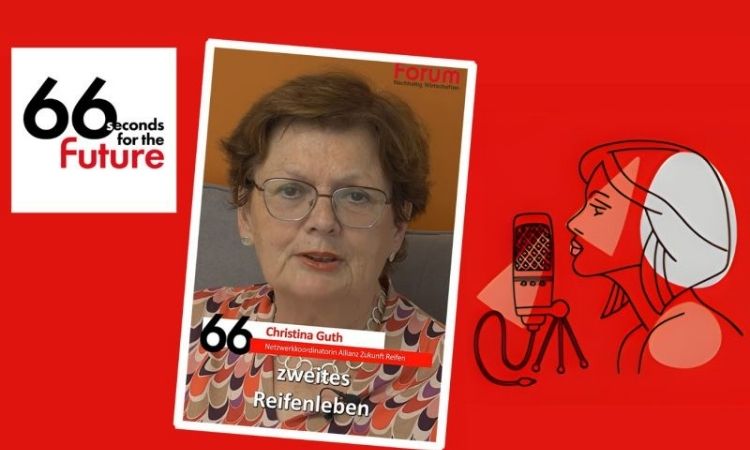Recykl and Zeppelin Systems advance asphalt roads with end-of-life tire textile fibers
In his recent article, Patrick Buder, Sustainability Strategy Manager at Zeppelin Systems, discovers how end-of-life tire recycling is taking a leap towards sustainability with the new process developed by Recykl, a part of the Recykl Group, and facilitated by Zeppelin Systems. In this innovative approach, the textile fibers from discarded tires are transformed into a valuable product known as Smapol, advancing road construction practices.
Traditionally, recycling end-of-life tires posed challenges, especially with handling textile fibers, which were often underutilized or disposed of as substitute fuels. However, with the development of Smapol, a new horizon emerges for these fibers. Recykl's patented recycling solution transforms these fibers into an additive that enhances asphalt binder and strengthens asphalt mixtures, resulting in durable and safer road surfaces.
Powered by Zeppelin Systems' expertise in sustainable tire production, the Zeppelin Sustainable Tire Alliance has spearheaded this initiative, bringing together international partners to advance tire recycling technology. Through this alliance, high-quality secondary raw materials are produced, contributing to the circular economy by utilizing recycled materials in new tire production.
The production process of Smapol involves a multi-stage mechanical cleaning and compaction process, resulting in pellets delivered directly to asphalt industry production sites. These pellets, a direct substitute for cellulose-based stabilizers, are incorporated seamlessly into asphalt mixtures, offering improved properties without adjustments to the manufacturing process.
Moreover, the development of Smapol aligns with environmental goals, showcasing significant CO2 reduction benefits compared to exclusive use of new materials. The Sigreen emissions management system, integrated into the process, provides verifiable transparency of the product carbon footprint, offering customers a financial advantage while promoting sustainability.
To find out more, proceed to the full article by Patrick Buder.
Weibold is an international consulting company specializing exclusively in end-of-life tire recycling and pyrolysis. Since 1999, we have helped companies grow and build profitable businesses.









